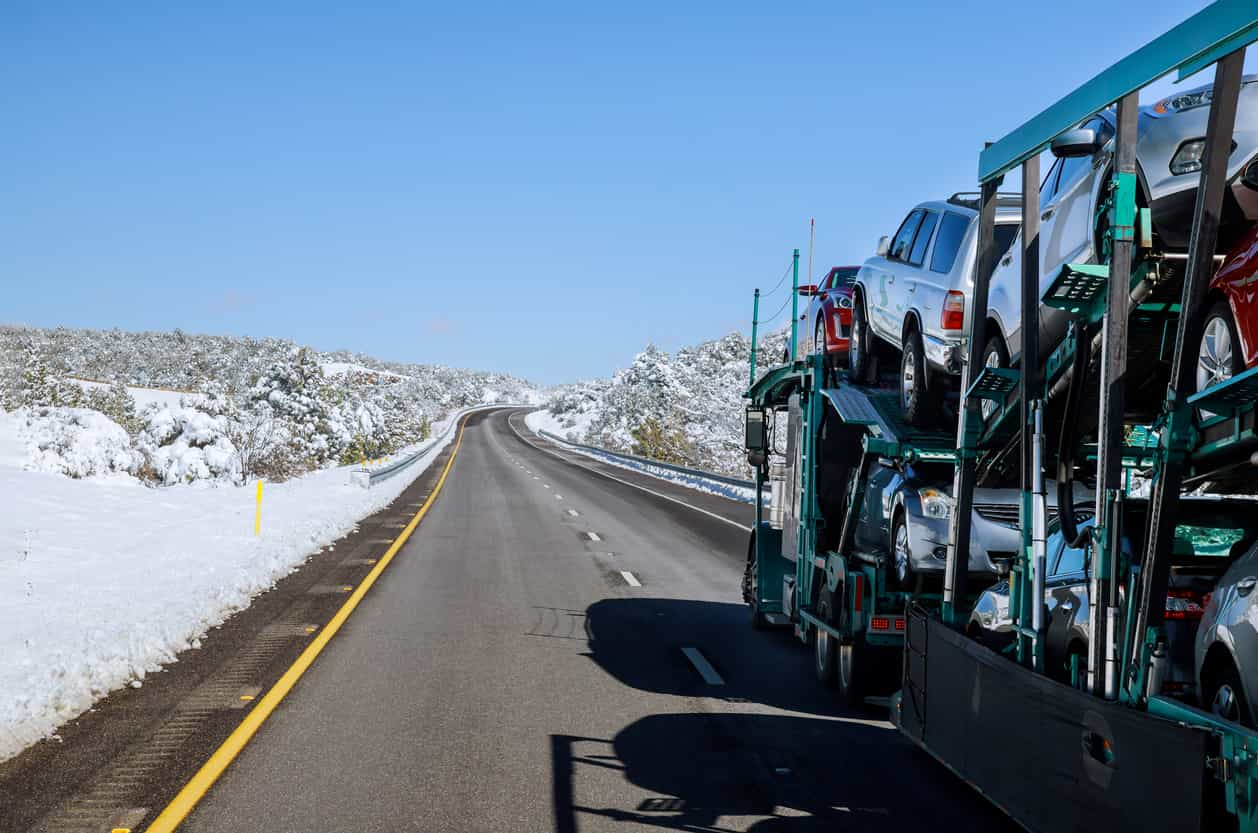Introduction
Delving into the labyrinth of the auto transport industry, we uncover the opaque mysteries that shroud the realm of car shipping companies in America. This article illuminates the hidden facets of these businesses, breaking down the veiled truths piece by piece.
The Shipping Process Unraveled
Choosing the right company
Identifying the ideal car shipping company forms the foundation of a smooth and efficient transport experience. While many businesses present glossy fronts, it’s essential to examine their credibility. This involves verifying their USDOT number, researching online reviews, and assessing their responsiveness to queries.
Understanding the Quote
Behind every car shipping quote lies a myriad of factors that influence the overall cost. Distance, vehicle size, and the desired shipping method all play significant roles. Moreover, time of the year, fluctuations in fuel costs, and the pick-up and delivery locations’ accessibility can create variances in pricing.
Car Shipping Laws and Regulations
Car shipping, like any industry, must adhere to specific laws and regulations, enforcing a standard of operation. These include the FMCSA regulations that guide weight limits, driver hours, and safety protocols. Understanding these regulations offers customers an informed perspective when negotiating contracts or resolving disputes.
Protection Against Fraudulent Companies
Regrettably, not all car shipping companies operate within ethical boundaries. To safeguard against fraudulent activities, ensure the selected company holds valid insurance, offers a clear contract with transparent terms, and provides a Bill of Lading upon vehicle pickup.
State-Specific Intricacies of Car Shipping
Car shipping procedures and costs can vary considerably from state to state, influenced by factors such as local regulations, terrain, and infrastructure.
Car Shipping in California
Boasting the largest automobile market in the U.S., California presents its unique set of challenges and benefits. Its extensive network of highways and ports facilitates shipping, but traffic congestion and high demand can inflate prices.
Car Shipping in Texas
Shipping cars in Texas involves navigating its sprawling geography and diverse landscapes. The state’s robust infrastructure makes transport relatively straightforward, but the sheer size of Texas can extend shipping times and raise costs.
Car Shipping in New York
New York, with its bustling urban centers and strict regulations, presents a complex shipping environment. While the state’s well-developed infrastructure aids in transport, navigating through congested cities and adhering to stringent rules may add to the shipping cost.
The Ecological Impact of Car Shipping
While car shipping provides undeniable convenience, it leaves a substantial carbon footprint. Acknowledging this impact, many companies now offer eco-friendly options, incorporating efficient route planning and newer, greener transport vehicles.
Conclusion
Navigating the car shipping industry involves understanding the shipping process, acknowledging the industry’s regulations, and knowing how to protect oneself from fraudulent activities. Additionally, recognizing state-specific intricacies and the ecological impact of car shipping can enhance one’s experience and knowledge.
FAQs
1. Is it cheaper to drive my car or ship it across the country?
While driving might seem cost-effective initially, when you account for fuel, lodging, food, and wear and tear on your vehicle, shipping your car is often the more economical choice.
2. How long does it typically take to ship a car across the country?
On average, coast-to-coast shipping in the U.S. can take 1-2 weeks, depending on the shipping company’s schedule, traffic, weather, and other factors.





